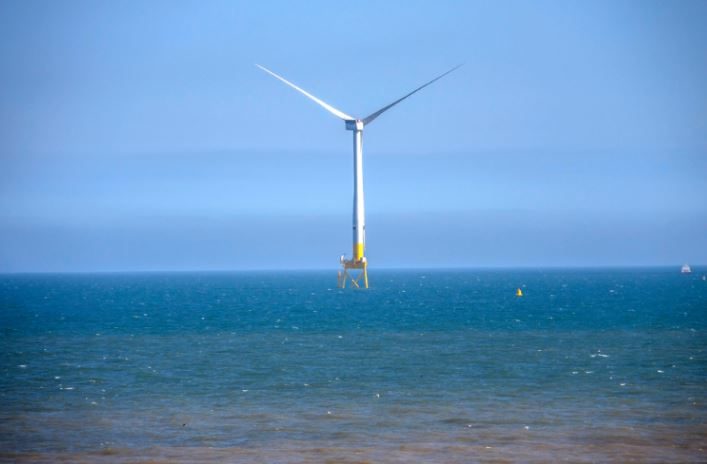

Coming Soon to Indian Shores
Wood Mackenzie Power and Renewables, a global research agency in the renewables sector, has released a report on offshore wind, where they have predicted a 6 fold growth in offshore Wind Power by the next decade. These predictions come on the back of other numbers like the number of counties that adopt offshore wind going up from 7 to 18, besides the usual increase in size of turbines and generating capacity for each install.
India, which coincidentally does have a quality wind power manufacturing ecosystem, with firms like Suzlon and Siemens Gamesa manufacturing here, has a lot of catching up to do. The country’s first 1 GW offshore EOI, released back in April 2018, is still going through the process of moving to the actual bidding stage. according to the MNRE, 35 companies have expressed interest in the same.
Till 2017, all wind auctions in India were powered by the feed in tariffs route, helping the sector grow on the back of predictable margins. However, since 2017, this has also been moved to the bidding route, which, while bringing down prices, is also causing a lot of developers to develop cold feet, based on their experience since then. Wind Power has in fact, done far better than the much hyped solar sector recently, not only adding upto over 35 GW of capacity, but with some states like Tamil Nadu becoming world leaders in terms of total capacity installed.
A key factor identified for the jump in capacity and installations is the sheer size of the new wind turbines in offshore set ups, besides cost rationalisation as economies of scale kick in. Consider the possibility of turbines capable of generating 10-12 MW from a single location, as compared to the earliest onshore wind installations two decades back, which were rated at levels as small as 55 KW or even lesser! In fact, the massive increase in size and efficiency of turbines has already opened up a possible replacement market in early adopters like India.
A key aspect of the wind energy offshore industry so far has been its concentration in Europe. That looks set to change with China, the US, and by 2020, India hopefully, start to make their presence felt in a bigger way. As a business opportunity, Wood Mackenzie expects existing oil and gas players with extensive experience of working in offshore locales to step up and make their presence felt here too. In our context, that could mean a possible move by ONGC, India’s largest explorer with considerable offshore experience, might or should be looking at offshore wind too.
While the 30 GW target by 2030 might look conservative, or even the 5 GW target by 2022, these are not easy numbers as offshore wind will require a far greater level of planning, commitment and supporting infrastructure to work effectively. Onshore wind, which has crossed 35 GW in 2018 has a solid record , and one hopes that the offshore wave will carry India ahead too.
1. The mandate for blending Compressed Biogas (CBG) with natural gas has come into effect…
Andhra Pradesh is striving towards greening its energy sector with quite some speed. In a…
With an objective to bolster India’s green energy goals, a Tripartite Agreement has been signed…
The Union MNRE Minister Pralhad Joshi launched the Green Hydrogen Certification Scheme of India (GHCI)…
India’s energy conglomerate Bharat Petroleum Corporation Limited (BPCL) has commissioned a 5MW green hydrogen plant…
In a historical development, the European Space Agency (ESA) has successfully launched its pioneering ‘Biomass’…